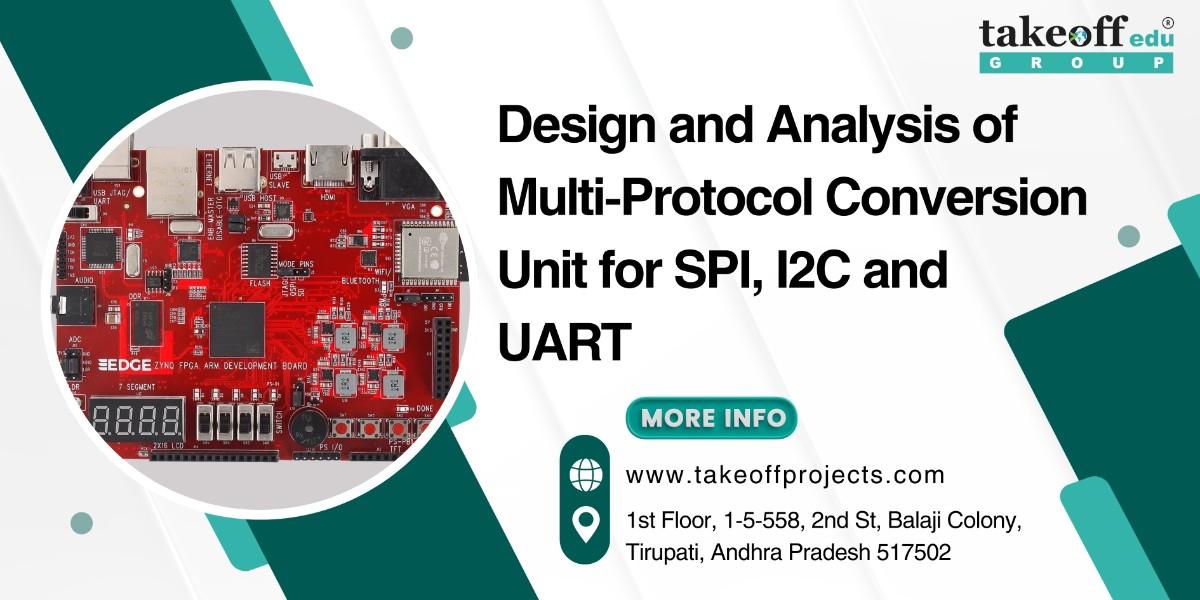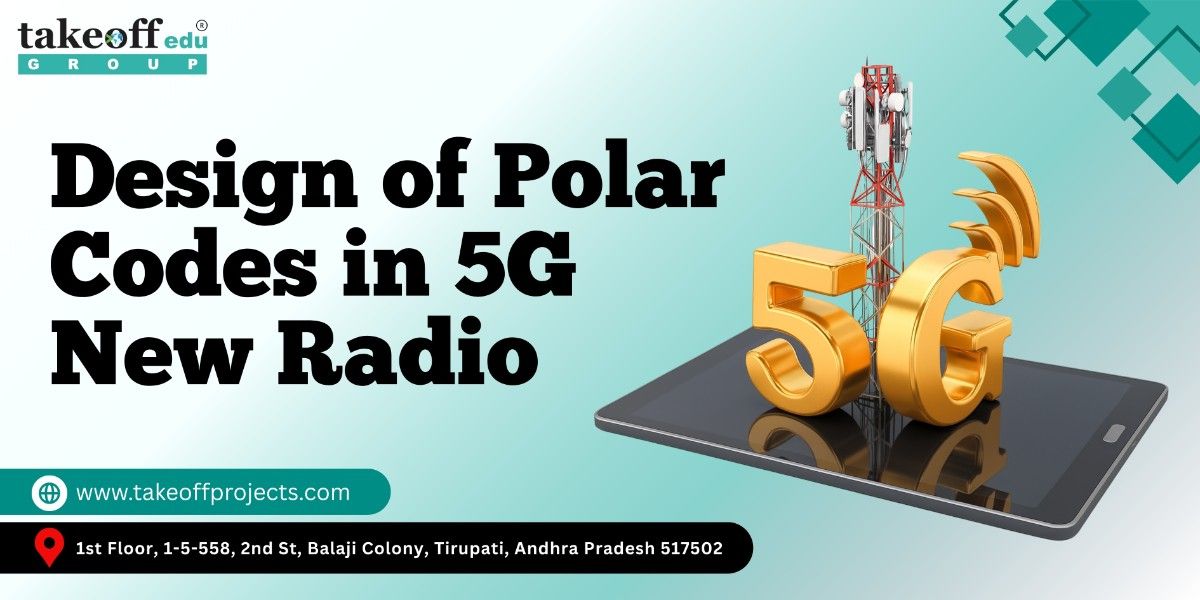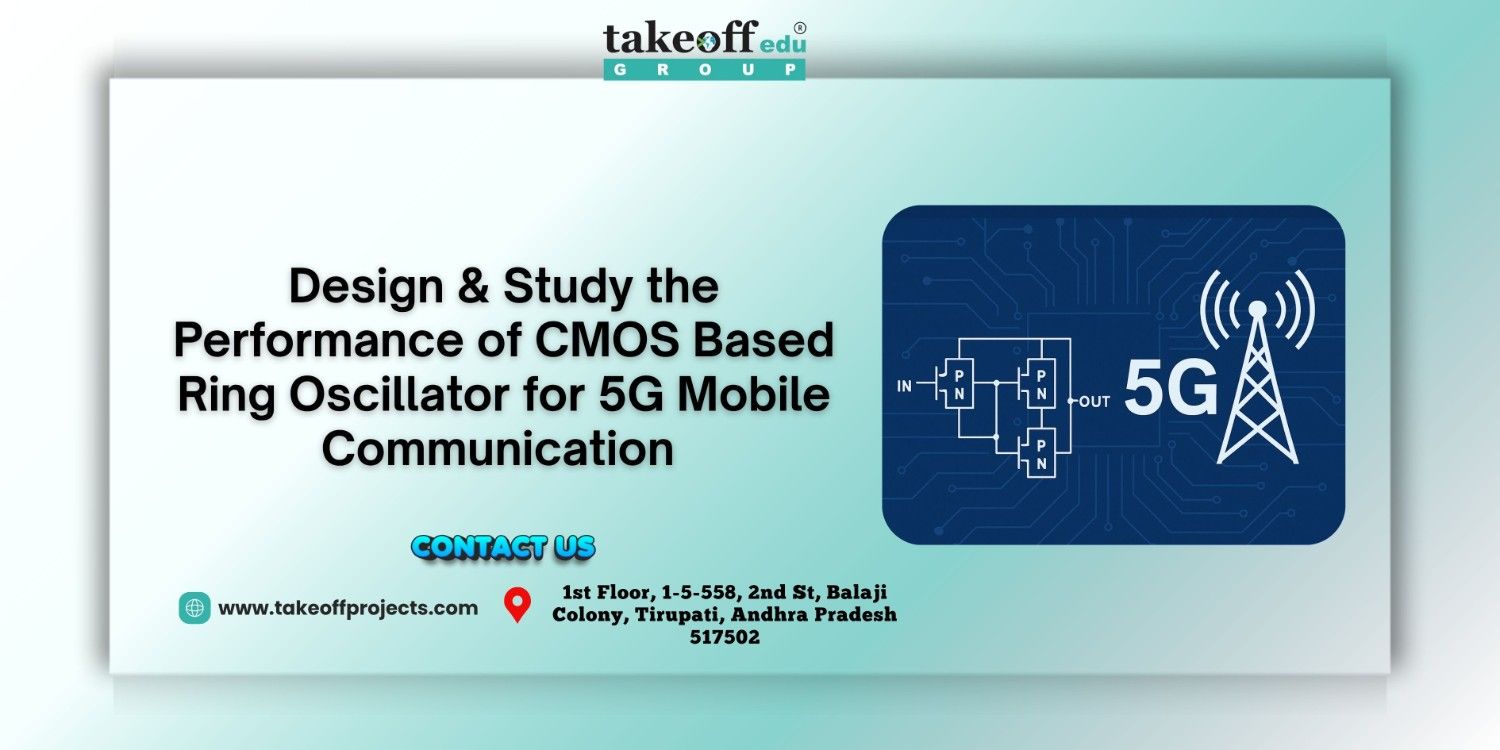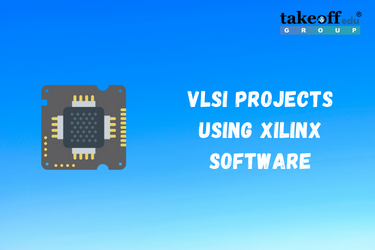Introduction
In the world of VLSI design, it is important to integrate different communication protocols. Common standards include SPI, I2C and UART. These standards form the basis of device-to-device communication in microcontrollers, sensors and processors. Each of them has advantages for example SPI takes advantage of high-speed communication, I2C allows multi-device connectivity and UART has a simple point-to-point transmission with reliable communication.
However, system-level challenges arise when devices using these different protocols must communicate perfectly. To address this, the concept of a Multi-Protocol Conversion Unit appear as a versatile solution, bridging interoperability gaps while optimizing speed and efficiency.
Importance of Protocol Conversion in Modern VLSI Systems
With the rapid evolution of smart devices, IoT applications and system-on-chip (SoC) architectures and heterogeneous communication environments have become the norm. A single embedded system and VLSI design may use sensors connected via the serial peripheral interface protocol (SPI), actuators managed over I2C and wireless modules linked through the universal asynchronous receiver transmitter (UART) interface. Direct compatibility between these standards does not exist, creating bottlenecks in system integration.
In this way, the Multi-Protocol Conversion Unit represents a pretty crucial component in all systems. It allows SPI, I2C and UART devices to communicate. The data exchange is made smooth and the system's levels of complexities go down with the elimination of microcontrollers and bridging hardware. This adds to scalability, power and resource conservation.
Understanding the Protocols
1. SPI Protocol
The SPI communication protocol
is a full-duplex, master-slave communication system. The serial peripheral
interface protocol supports multiple slave devices and high data transfer
speeds, so it is the protocol used for accessing memory chips, ADCs and LCD
modules. Four lines make up the structure: MOSI, MISO, SCK and SS. This
guarantees reliability but increases wiring.
2. I2C
The interface uses two lines, that is data and clock, also called SDA and SCL
respectively. The most important function of I2C is the identification and
communication among various devices having unique addresses. This comes really
handy in complex systems where slight sacrifice is taken in speed compared to
other protocols like SPI.
3. UART
The universal asynchronous receiver transmitter (UART) is one of the
simplest and oldest communication technique. Unlike SPI interface or
I2C, it does not use a clock line but relies on start and stop bits for
synchronization. This makes it reliable for low-cost and long-distance serial
data transmission.
Designing the Multi-Protocol Conversion Unit
The design of a Multi-Protocol Conversion Unit requires a systematic approach in VLSI implementation. The core challenge is to translate signals and data formats between SPI, I2C and UART without loss or distortion.
Key aspects of design include:
- Protocol Detection and Switching: The system must intelligently detect incoming data from one protocol and convert it to the required output format.
- Clock Synchronization: For protocols like SPI interface protocol and I2C, proper synchronization ensures data accuracy.
- Buffering and Error Handling: Since UART is asynchronous, incorporating buffers and parity checks is critical for reliable communication.
- Resource Utilization: Efficient hardware design must minimize logic gates, registers and power consumption while maintaining throughput.
By utilize modular architecture, the unit can be combined into FPGAs or ASICs, supporting high-speed conversions while keeping hardware complexity manageable.
Benefits of the Multi-Protocol Conversion Unit
- Compatibility: Different standard devices can communicate without requiring software additions or external bridges.
- Flexibility: Engineers could design systems wherein the peripheral devices using SPI serial peripheral interface protocol, I2C or UART are interchangeable.
- Optimization of Resources: Having one conversion unit in place of several conversion units removes the duplication of controllers, which consumes power and silicon area.
- Scalability: Systems become future-proof by supporting multiple communication standards in one architecture.
- Reliability: Robust conversion enhances error handling, ensuring data integrity across varying protocols.
Applications in Real-World Systems
The integration of a Multi-Protocol Conversion Unit is highly beneficial across industries:
- Consumer Electronics: Wearables and smartphones are largely built upon a combination of SPI and I2C interfaces supporting data exchange between sensors and memory modules.
- Automotive Systems: In-vehicle networks are using a combination of peripheral interfaces supported with engine control units and safety systems.
- IoT Devices: Smart home devices frequently contain a mixture of SPI communication protocol, I2C and UART for common sensors and networking and controller functionality.
- Medical Electronics: Patient monitoring systems use a reliable serial data interchange between patient monitoring sensors and processers.
Analysis and Performance Considerations
When analyzing the Multi-Protocol Conversion Unit, important performance metrics of latency, data throughput, power consumption and error rates should be examined. For high-performance systems, it is the priority to convert data between SPI, I2C and UART quickly. Hardware verification using simulation and FPGA prototyping can then be used to verify a design before fabrication of the boards.
Trade-offs are expected: while SPI serial peripheral interface protocol offers speed, I2C provides addressability and UART ensures simplicity. The conversion unit must balance these characteristics to deliver optimized system-level performance.
Conclusion
The design and analysis of a Multi-Protocol Conversion Unit for SPI, I2C and UART represents a significant advancement in VLSI design. The unit enables optimal scalability, reliability and efficiency by promoting seamless interoperability of these relevant and commonly used standards. Whether in consumer electronics, IoT and automotive applications, the units ability to promote the serial peripheral interface protocol, I2C and universal asynchronous receiver transmitter communication will help keep these systems future ready.
As technology develops, joining such units will significantly develop flexibility, resource optimization and communication versatility with respect to current digital systems.

 Design of Polar Codes in 5G New Radio
Design of Polar Codes in 5G New Radio  Design & Study the Performance of CMOS Based Ring Oscillator for 5G Mobile Communication
Design & Study the Performance of CMOS Based Ring Oscillator for 5G Mobile Communication  Top IEEE VLSI Engineering Projects For Final Year Students with Source Code
Top IEEE VLSI Engineering Projects For Final Year Students with Source Code  Best VLSI Projects for ECE Students
Best VLSI Projects for ECE Students  Top 7 Transistor Logic Projects for Engineering
Top 7 Transistor Logic Projects for Engineering  Top 10 Low Power VLSI Projects
Top 10 Low Power VLSI Projects  Top 5 Nano Technology Projects using VLSI
Top 5 Nano Technology Projects using VLSI  Top 6 Communications Projects for Students
Top 6 Communications Projects for Students  Top 7 Projects on DSP Core
Top 7 Projects on DSP Core  Top 5 Projects on Arithmetic Core
Top 5 Projects on Arithmetic Core  Top 7 Projects on Finite State Machines
Top 7 Projects on Finite State Machines  Top 10 Projects on Cadence EDA Tool
Top 10 Projects on Cadence EDA Tool  FPGA Final Year Projects for Electronics Students
FPGA Final Year Projects for Electronics Students  Verilog Projects for ECE
Verilog Projects for ECE  VLSI Project Ideas for Engineering
VLSI Project Ideas for Engineering  VLSI Mini Projects for ECE Department Students
VLSI Mini Projects for ECE Department Students  VLSI Projects for Final Year
VLSI Projects for Final Year 
 Paper Publishing
Paper Publishing


